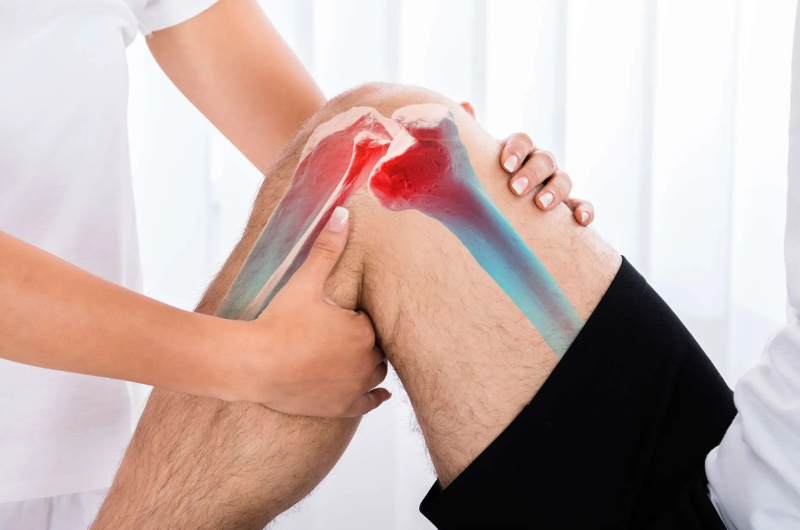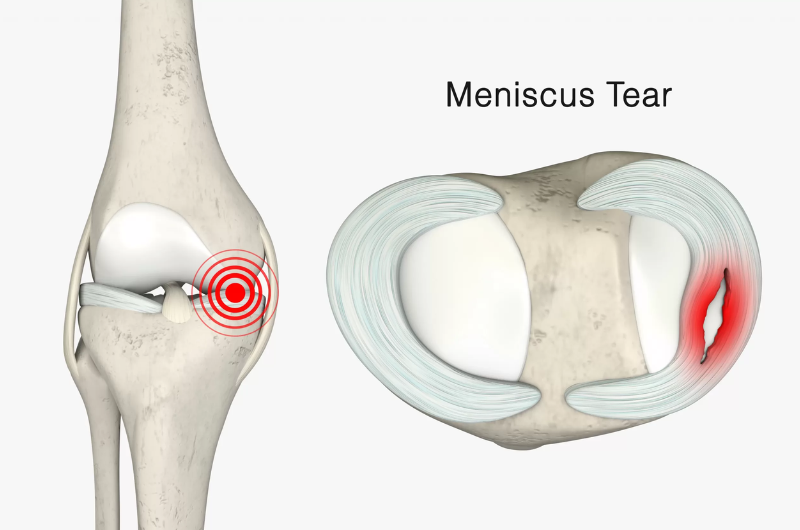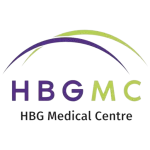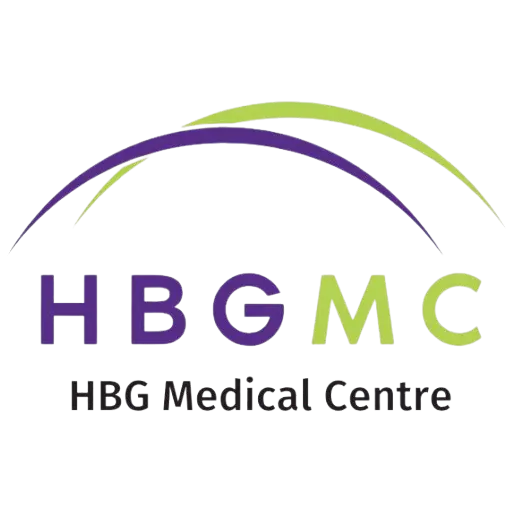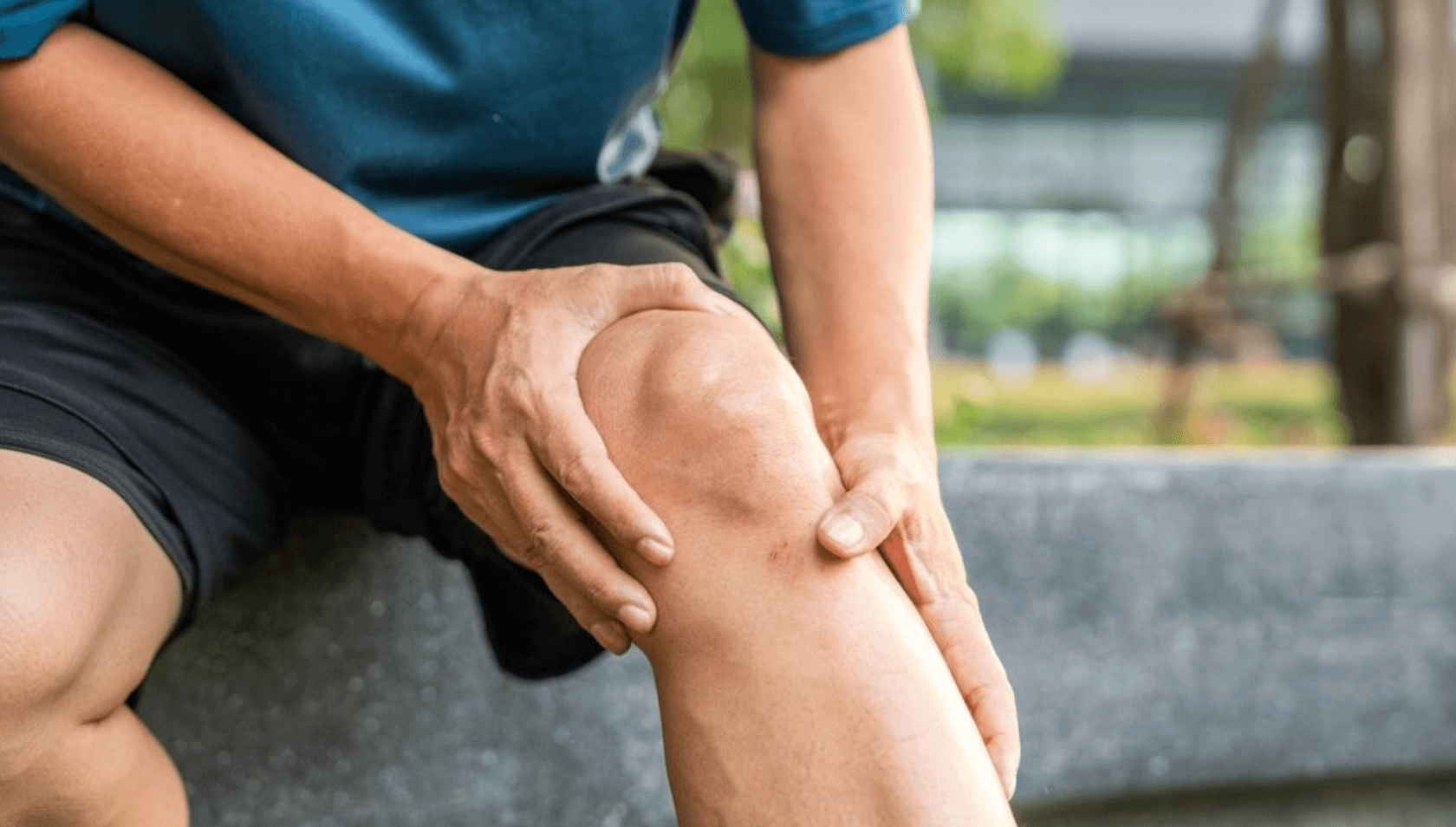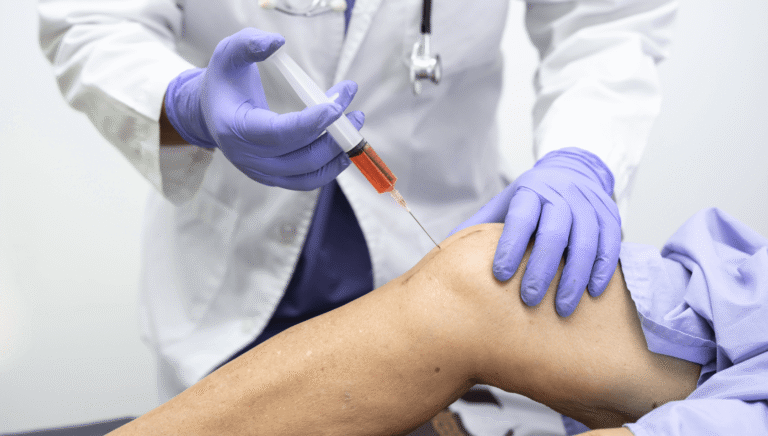That “Click” in Your Knee: Is It Nothing, or a Warning Sign You Shouldn’t Ignore?
You feel it when you stand up. A dull ache when you walk. Or maybe it was a sudden, sharp “pop” during your weekend football match that now has you worried. Knee pain is incredibly common, but it’s also incredibly easy to ignore. We tell ourselves, “It’s just a tweak,” or “It will go away on its own.”
Ignoring persistent knee pain can be a costly mistake. A minor tendon issue can become a chronic, debilitating condition. An unstable ligament can lead to devastating cartilage damage, paving the way for early-onset arthritis.
In a city like Dubai, where an active lifestyle is part of the culture, putting your mobility at risk is not an option.
The statistics are clear: knee injuries account for over 40% of all sports injuries, and conditions like osteoarthritis affect millions worldwide, with rates steadily rising. The difference between a full, fast recovery and a lifetime of chronic pain often comes down to one simple decision: seeking expert advice at the right time.
As orthopedic specialists at HBG Medical Center, we see the consequences of waiting too long every day.
Here are the most common causes of knee pain, and the warning signs that mean you need to see an orthopedic doctor in Dubai immediately.
1. The Sudden Twist: ACL & Other Ligament Injuries
What it is: The Anterior Cruciate Ligament (ACL) is a critical stabilizer in your knee. An ACL tear is a severe injury, often caused by a sudden pivot, an awkward landing, or a direct blow to the knee.
- A loud “popping” sound at the moment of injury.
- Immediate and significant swelling within a few hours.
- A feeling of intense instability, as if your knee is about to “give out.”
- Severe pain that makes it difficult to bear weight.
Why you can’t ignore it: An untreated ACL tear can lead to catastrophic damage to other structures in your knee, like the meniscus and cartilage. Studies show that over 50% of people with an ACL tear also have a meniscus tear. Walking on an unstable knee is a recipe for long-term, irreversible joint damage.
When to see a doctor: Immediately. If you suspect an ACL injury, do not wait. Proper diagnosis via MRI and a consultation with an orthopedic surgeon are critical.
It will be as simple as Occidental; in fact, it will be Occidental. To an English person, it will seem like simplified English, as a skeptical Cambridge friend of mine told me what Occidental is. The European languages are members of the same family.
2. The "Locking" Sensation: Meniscus Tears
What it is: The meniscus is your knee’s C-shaped shock absorber. A tear can happen from a forceful twist or can even occur from simple wear and tear.
- Pain, especially when twisting or squatting.
- A persistent “catching” or “locking” sensation in the knee.
- Swelling and stiffness.
- Difficulty fully straightening your knee.
Why you can’t ignore it: Because most of the meniscus has a poor blood supply, many tears cannot heal on their own. An untreated tear can worsen, leading to increased pain, locking, and contributing to the development of arthritis.
When to see a doctor: If you have mechanical symptoms like locking or catching, or if the pain and swelling persist for more than a few days, it’s time to get it checked.
3. The Jumper's Complaint: Patellar Tendonitis
What it is: This is an overuse injury causing inflammation of the patellar tendon, which connects your kneecap to your shinbone. It’s common in athletes who do a lot of jumping, like in basketball or volleyball.
- A sharp, aching pain directly below your kneecap.
- Pain that worsens with running, jumping, or climbing stairs.
- Tenderness when you press on the area below the kneecap.
Why you can’t ignore it: Chronic tendonitis can lead to tendinosis—a degeneration of the tendon tissue itself, which is much harder to treat. What starts as a simple inflammatory issue can become a chronic, performance-limiting problem.
When to see a doctor: If the pain doesn’t improve with rest and ice after a week or two, or if it’s interfering with your ability to play your sport, you need a specialist to create a targeted recovery plan involving physiotherapy and potentially advanced treatments like PRP or Shockwave Therapy.
It will be as simple as Occidental; in fact, it will be Occidental. To an English person, it will seem like simplified English, as a skeptical Cambridge friend of mine told me what Occidental is. The European languages are members of the same family.
4. The Grinding Ache: Osteoarthritis
What it is: This is the “wear-and-tear” arthritis where the protective cartilage on the ends of your bones wears down over time. It’s incredibly common, affecting over 32.5 million adults in the US alone, and is a leading cause of disability.
- A deep, aching pain that is often worse after activity.
- Stiffness, especially in the morning or after sitting for a long time.
- A “grinding” or “creaking” sensation (crepitus) when you move the knee.
- Swelling after extended periods of activity.
Why you can’t ignore it: While you can’t reverse arthritis, you can dramatically slow its progression and manage the pain. Ignoring it allows the cartilage to wear away completely, leading to severe pain where joint replacement surgery becomes the only option.
When to see a doctor: As soon as you suspect it. An orthopedic doctor in Dubai can confirm the diagnosis with an X-ray and introduce a management plan involving lifestyle changes, physiotherapy, and modern non-surgical treatments like Hyaluronic Acid or PRP injections to preserve your joint for as long as possible.
The languages only differ in their grammar, their pronunciation and their most common words. Everyone realizes why a new common language would be desirable: one could refuse to pay expensive translators. To achieve this, it would be necessary to have uniform grammar, pronunciation and more common words.
5. The Puffy Knee: Bursitis
What it is: Bursae are small, fluid-filled sacs that cushion the bones, tendons, and muscles near your joints. Bursitis is when these sacs become inflamed, often from prolonged pressure (like kneeling) or a direct blow.
- A swollen, “squishy” area on the front of your kneecap.
- The area feels warm and tender to the touch.
- Achy or stiff pain.
Why you can’t ignore it: While often less serious than a ligament or meniscus tear, an inflamed bursa can become infected (septic bursitis), which is a serious medical condition requiring urgent treatment.
When to see a doctor: If the swelling is accompanied by significant pain, redness, or a fever, seek medical attention immediately. Otherwise, if it doesn’t resolve with rest and ice, a doctor can help with treatments like corticosteroid injections to reduce the inflammation.
Your Next Step: Don’t Guess, Get Answers
Your ability to walk, run, and live without pain is not something to gamble on. If any of these symptoms sound familiar, the most powerful thing you can do is get a definitive diagnosis.
At HBG Medical Center, our orthopedic specialists use advanced in-house diagnostics to give you immediate, clear answers. Don’t let fear or uncertainty dictate your future. Take control.
Ready to find out what’s really going on with your knee?
Book a consultation with our orthopedic specialist today.
